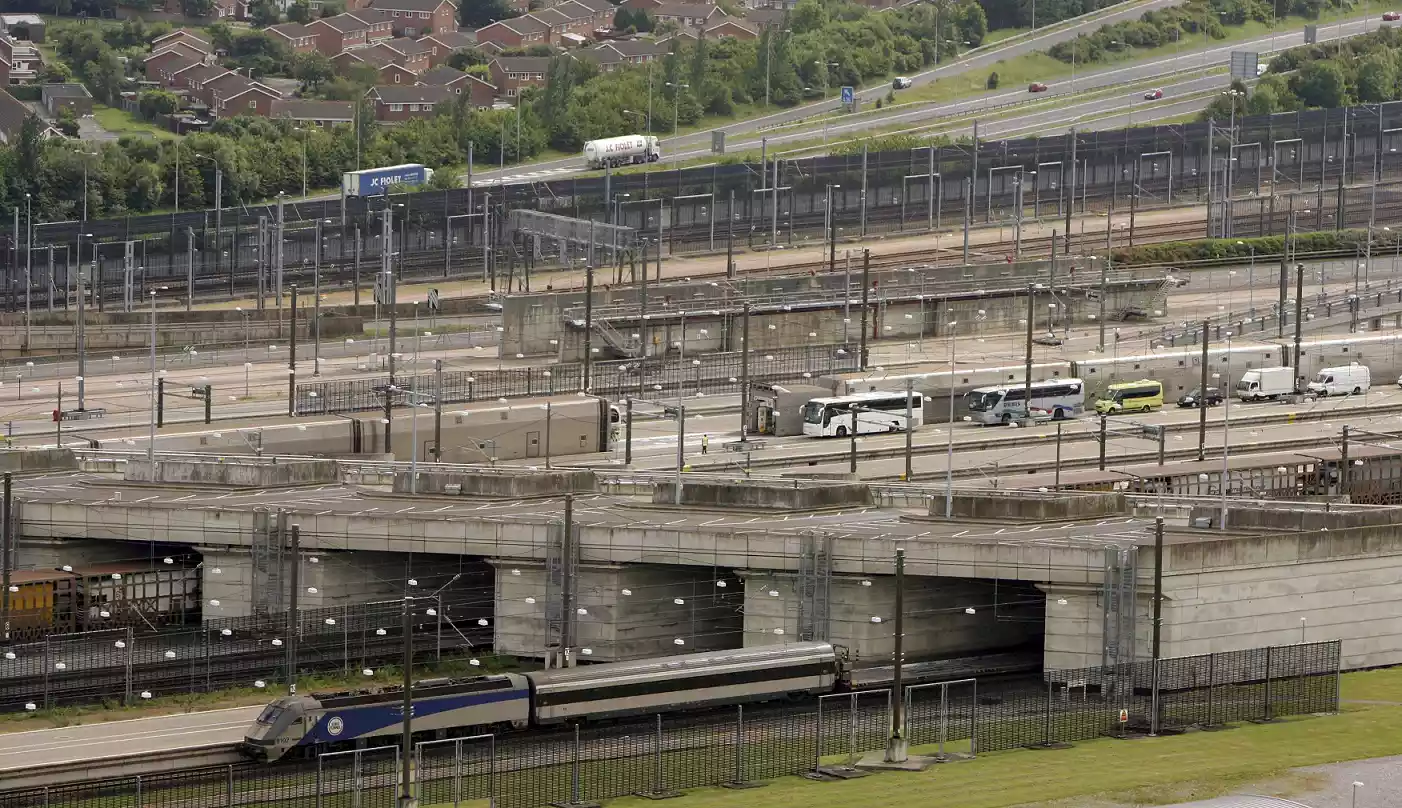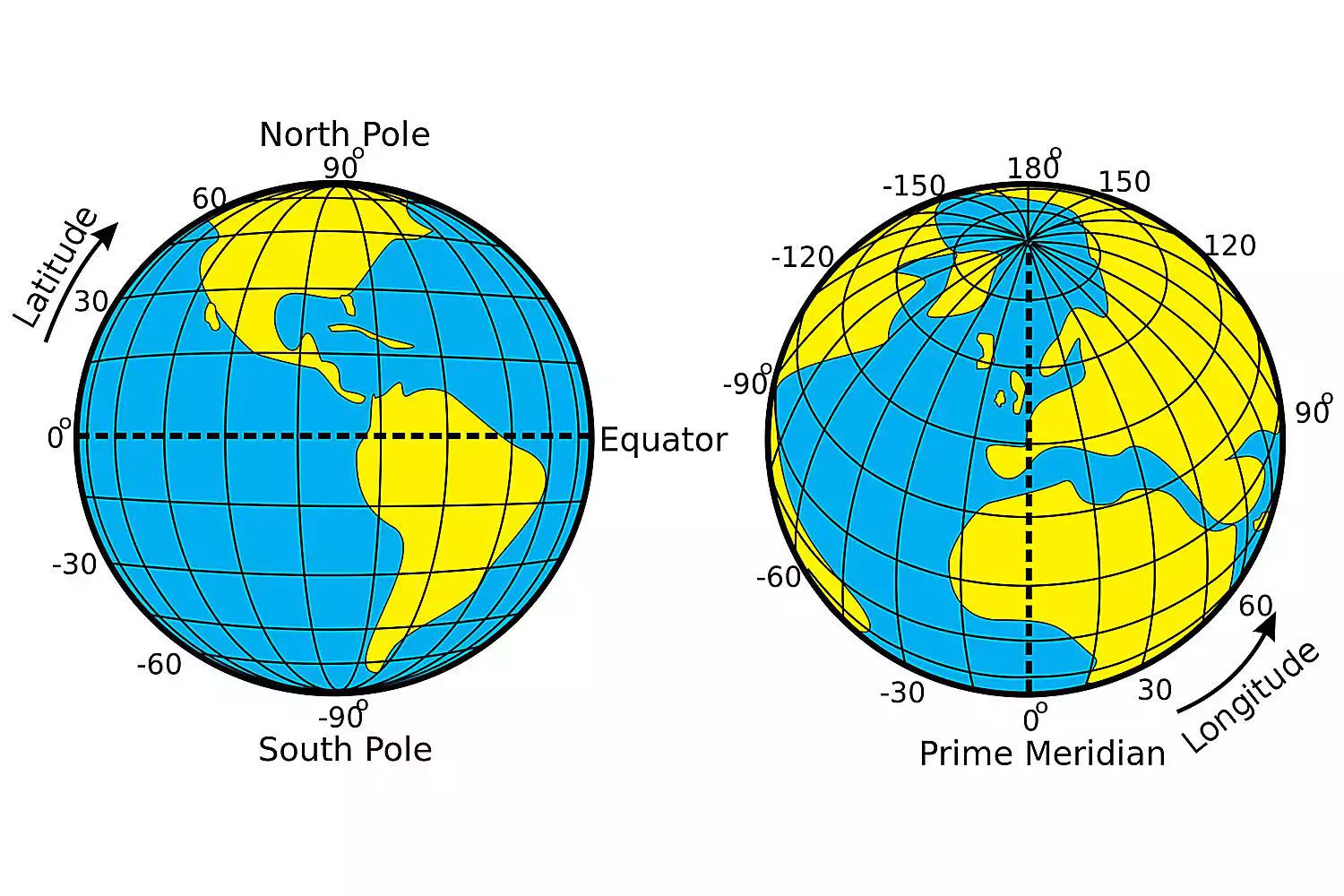Why sewage offers a fire service solution to drought

Why sewage offers a fire service solution to drought
The importance of water efficiency is something that households and companies alike have only occasionally thought a lot about. Years like 1976 and 1984 stood out because they produced exceptional droughts, with huge shortages and standpipes in the streets.
While water leakages have been reduced compared with those days, the pressure that can be produced by droughts can no longer be treated as just an occasional problem, or as simply a nuisance that manifests in the imposition of hosepipe bans for gardeners. Instead, in a changing climate it is a much more severe threat.
A burning issue
Although July this year brought lots of rain as the Jet Stream sat right over Britain, keeping the very hot air trapped in an overheating Southern Europe, it is easy to forget that June was very hot and dry.
Moreover, the summer of 2022 brought some very severe conditions, with Britain’s first 40 C temperatures on record and the busiest peacetime day ever for the London Fire Brigade.
London’s problems included the dramatic conflagration that destroyed nearly 20 homes in the village of Wennington on the eastern edge of the metropolis, a sign of just how bad things could get.
However, it is not just some homes at risk of fire. Just as Canada’s forest fires made a lot of headlines this summer, moorland fires are a concern in Britain.
They are not a new phenomenon by any means and they don’t start spontaneously; they require accidental or deliberate human acts such as dropped cigarettes to start. But hotter and drier weather can make them much more severe (2018 was a case in point) and, worse still, if these occur in droughts they place severe strain on already denuded water resources.
Wales devises a novel plan
For that reason, it is notable what innovative steps are being undertaken to manage water resources better in such circumstances. The Mid and West Wales Fire and Rescue Service is using a particularly novel means of tackling fires.
The idea of using sewage water may sound quite foul, but, in fact this will be treated water, cleaned with ultraviolet light. It is a UK first, but may provide a template for others to follow.
Fire chiefs started working on the idea after drought conditions in 2022 meant the availability of water came under pressure. The Mid and West Wales service covers a vast area of rural Wales and the infrastructure is limited. While there may not be so many buildings at risk of fire in any particular area, there are other risks, such as wild grassland fires during droughts.
Last year saw the driest spring and summer for over 150 years, which led to the whole of Wales being officially in drought. While rains later last year filled up the reservoirs and rivers by the time 2023 rolled around, there is a clear concern that climate change could bring many similar scenarios and require more inventive means of maximising water resources.
Speaking about this, one crew manager, Milford Haven-based Luke Jenkins, said: “I think what last year taught us is that water supplies are becoming less reliable. With the drought we had last year, we found it difficult.”
The deputy chief fire officer for the service, Iwan Cray said it would not just be Wales, which has traditionally had its uplands to rely on for plenty of rainfall, that is interested in using the reclaimed sewage method to bolster supplies.
“A lot of interest has come from the southern parts of the UK where there’s short supply of water, especially in the summer months.” He remarked.
A super sewer solution?
The driest region of the UK is the East of England, which means that companies such as Anglian Water will need to contend with low overall rainfall yet also deal with increased flooding risks, exacerbated by sea level issues and an easily-eroded coastline; all while the largely agricultural region is set to grow by a million extra homes over the next 25 years.
London’s situation may be different again. The population, close to nine million, is set to carry on increasing, but at least the capital has one major project already near completion to help adapt to this in the form of the 25 km Thames Tideway Tunnel, colloquially known as the ‘Super Sewer’.
The purpose of this is primarily to deal with the reality that the Victorian sewer network, while a marvel of construction and sanitation in its day, was built for a population approaching six million but not for one a third larger. As a result, in wet weather, the sewers can overflow and dump sewage in the Thames.
Such a thing has been a matter of great controversy and criticism for water companies in recent months, but at least in London, the new sewer will provide the necessary capacity boost, picking up the overflow and carrying it to the treatment works at Beckton in the East End.
However, given that the need for the new tunnel arises from the increased amount of sewage the capital will need to deal with, it may well be asked if what has been done in rural Wales with its sparse population but often-vulnerable tinder-dry moorland would be useful in one of the developed world’s biggest cities.
There may be some very good reasons to use such a solution to boost supplies. The day of the Wenham blaze last year was one on which 41 properties were destroyed across the capital as a spate of incidents saw 2,600 calls to the London Fire Service in a day. Small wonder London mayor Sadiq Khan said it was their busiest day since the Blitz.
Can London copy mid-Wales?
While the built-up nature of London means there will always be pipes and hydrants close by at almost every location (unlike remote parts of mid Wales), there is still the potential for a combination of fire-inducing heatwaves and water shortages to put major pressure on supplies just when they are needed most.
Back in Wales, head of wastewater treatment at Welsh Water Mark Davies said: “Wales is a country that gets plenty of rainwater. We need to make sure that we use that water as efficiently as we can.” If even rainy Wales needs to be inventive with its water use, how much more so do the driest parts of England?









